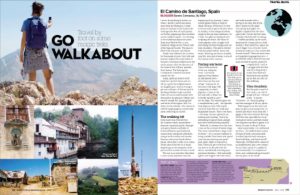 Walking the Camino
Walking the Camino
Women’s Health – national monthly magazine
Women’s Health magazine recently emailed around asking if there were any journalists who’d walked the Camino, as they wanted to do a hiking story. I’d been meaning to contact them to ask if they wanted one, the trekking aspect of the pilgrimage fitting so well with their health and fitness themes, so it all worked out perfectly. They did make a few strange subbing choices – I can barely recognise myself in some of it – but it’s all part of the publishing adventure… Here’s my story…
THE CAMINO
I never do anything by halves, so when my inner-city share house gets too intense and I need time alone, I decide to walk a stretch of the Camino de Santiago – the Way of Saint James – an 800km pilgrimage that stretches across the north of Spain. Thousands of years ago the Celts walked this route to absorb the leylines (energy) that flow through the earth here; later the Romans followed in their footsteps in homage to their sun god. In the ninth century it became a Christian endeavour after a hermit found the tomb of Saint James – the discovery of holy relics being big business back then – and the town of Santiago de Compostela was built on the site.
Today, spiritual seekers of all kinds lace up their hiking boots and set off on a quest for enlightenment. An English guy I meet is trying to get over a divorce. A German girl is deciding whether to get married. Some set out to communicate with their god, do penance or sample the amazing food and wines of the region. Me? I’m drawn by the solitude, by days on my own, walking through gorgeous countryside, reflecting on my life. Of course so much solitude can drive you crazy, and I have many moments on the edge of hysteria, talking to myself, laughing so hard I’m worried I’ll fall off the mountain. It’s all part of the Camino adventure.
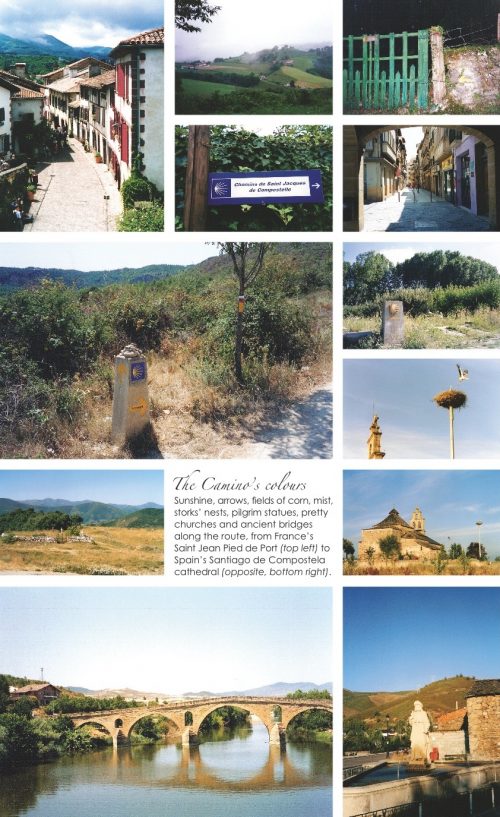
KEEP IT SIMPLE
I start in Saint Jean Pied de Port, on the French side of the Spanish border, a tiny medieval village filled with character – and characters! – and a beauty that soothes my soul. From here the Camino winds up and down dramatic mountain peaks, through cool green forests and fields of fruit and flowers, past historical monuments and grand cathedrals, along tiny dirt tracks and massive freeways and across harsh desert plains. The sun is merciless – although in winter people encounter snow – and there are times I think I’ll pass out. I greet each rounded haystack with excitement, pressing myself against it in desperate hope of a little shade. I must be quite a sight, although some people hallucinate and imagine these mounds of hay are castles or cathedrals, and at least I don’t try to walk inside any of them!
For this reason it’s best to set out early to get to the next town by midday, and the refuges (hostels) start emptying in the starry pre-dawn darkness. I feel like a little snail as I begin my walk with my backpack on, glad it’s not weighing me down like those of some pilgrims, who struggle up the street with the weight of the world – and too many possessions – on their shoulders. The best advice? Pack light, then halve it, then halve it again. The path is littered with discarded clothes, shoes and books as people try to lighten their load. Working out how to simplify your life, here and at home, is one of the lessons of the Camino.
LETTING GO
More letting go occurs at the Iron Cross, on the summit of Monte Irago on the way to Molinaseca. The cross extends from a huge cairn of stones, and it’s a Camino tradition that you bring a pebble from home and spend your journey pouring your grief, pain, guilt, regret or sins into it, then, when you get to the Iron Cross, you leave it on the pile with all the others, symbolically releasing your emotional burdens.
I feel noticeably lighter and happier after this ritual, and walk jauntily onwards. But by the time I make it to the place I’m staying that night, I’m slightly crippled from that day’s 45km hike. Muscles I didn’t know existed are aching, and not for the first time I wonder what on earth I’m doing.
I hobble painfully up the stairs, desperate for a long soak in a hot bath. Instead I find myself in a space not much bigger than a bucket, knees tucked up under my chin, barely able to wash myself, let alone stretch out and soak. Bathtubs in Spain are such a disappointment!
There are more tears as I try to negotiate the language barrier (what I thought was a green salad was a bowl of tuna and mayonnaise!), as I struggle with the heat and my aching body, and as I realise just how ugly, blistered, blackened and mashed up feet can get after a few days trekking.
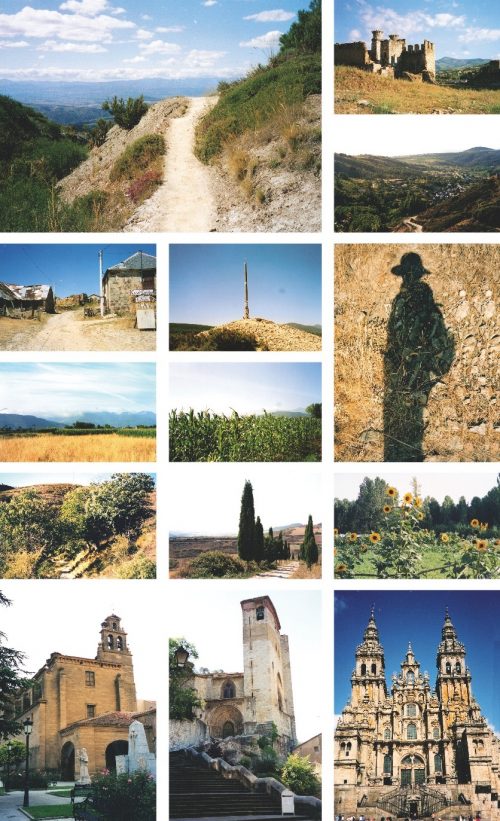
The Camino, Spain.
LIFE CHANGING
But I wouldn’t change it for the world. Walking the Camino is an incredible journey within. It gives me the time and space to gain a new perspective on myself and what I want from life. I feel my heart soar and my soul stir as I walk through some of the most beautiful landscapes on earth. I connect with my inner child as I leap about in fountains, laugh at the bobbing sunflowers and skip through a fairytale forest. I giggle at the wine fountain flowing with free vino provided by a local vineyard in Irache, and realise I’m all grown up when I ignore it in favour of water in the 40C heat. I listen, intrigued, to the tales of angels, devils and miracles associated with the pilgrimage, like the saint who kept an innocent boy from being hanged in Santo Domingo de la Calzada.
Most importantly, I confront my fears as I walk alone across the country, communicate in stilted Spanish with complete strangers, face the famous wild dogs in the ghost town of Foncebadon – and face myself. Physically I’m filled with a sense of accomplishment and a new respect for my body and all it’s capable of, while emotionally I’m empowered with a new understanding of my self and my place in the world.
TRIP NOTES
Getting there: Fly to Madrid then bus to Roncesvalles via Pamplona – yep, of Running with the Bulls fame! – or fly to Paris then get the train down to Saint Jean Pied de Port. Allow four to six weeks to complete the walk.
The cost: Once you’re on the path, it’s cheap as chips. The pilgrim refuges are just a few euros a night, and your pilgrim passport entitles you to discounted meals and some attractions.
When to go: The best times are spring (March to May) and autumn (September to December), to avoid the intense heat and crowds of summer and the icy cold of winter, but many pilgrims endure sunburn to arrive in Santiago de Compostela by July 25, the feast day of Saint James, which is a major festival with entertainment, fireworks and celebrations, and others go when they have time to spare, regardless of the weather.
Before you go: The Confraternity of Saint James, www.csj.org.uk, has info about the route, provides pilgrim passports (credencials) and has Australian pages with local contacts and a great online store for Camino guides. Their laminated A5 booklets are brilliant, focusing on essential details such as refuges, bed numbers, distance to the next shelter, food info and prices of necessities along specific routes.
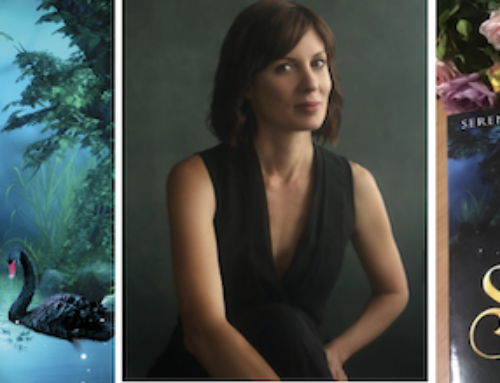
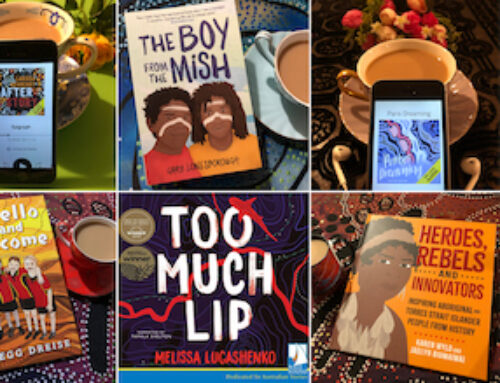
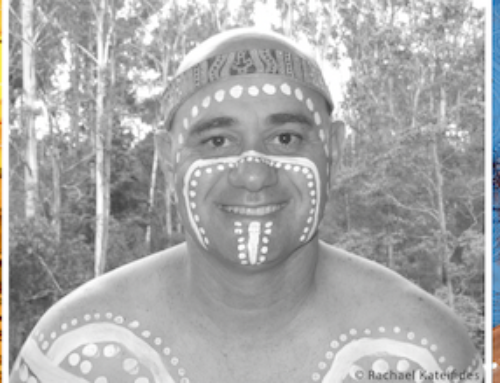
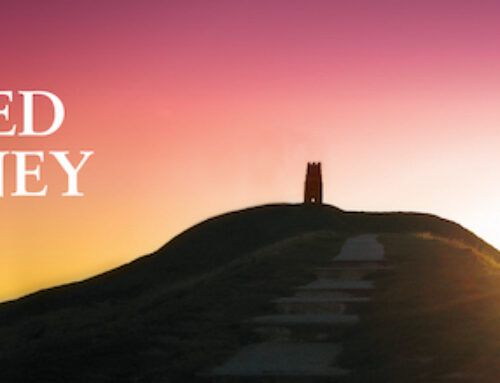
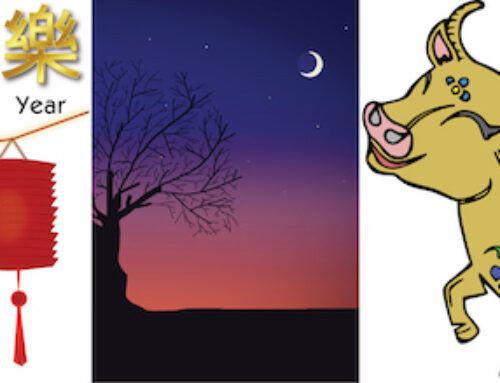


Get Social